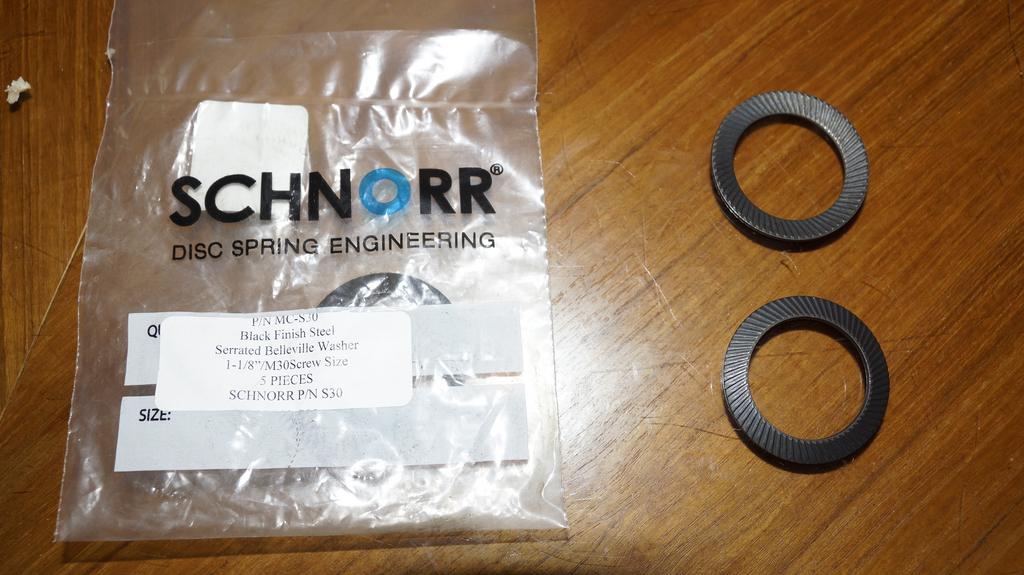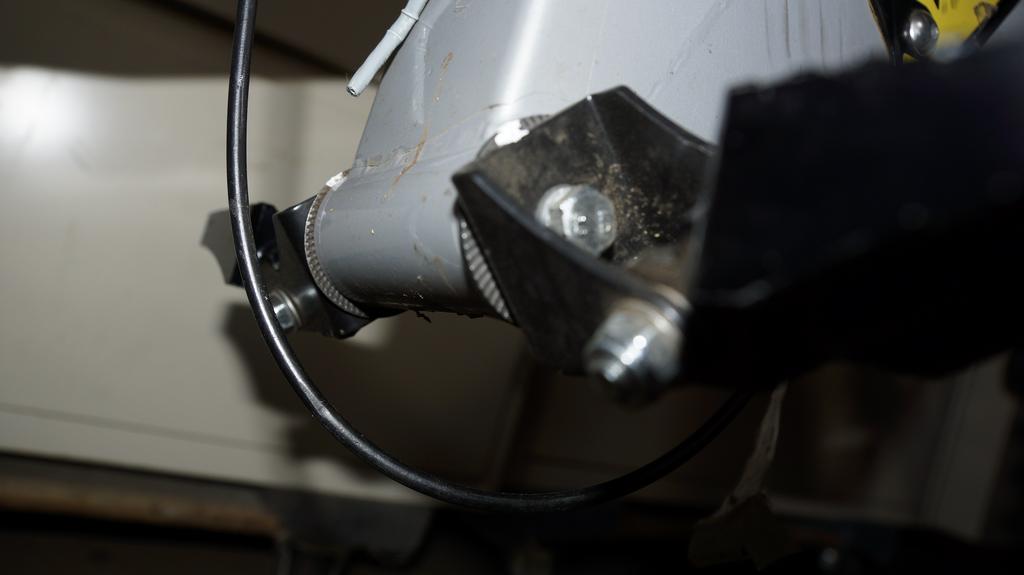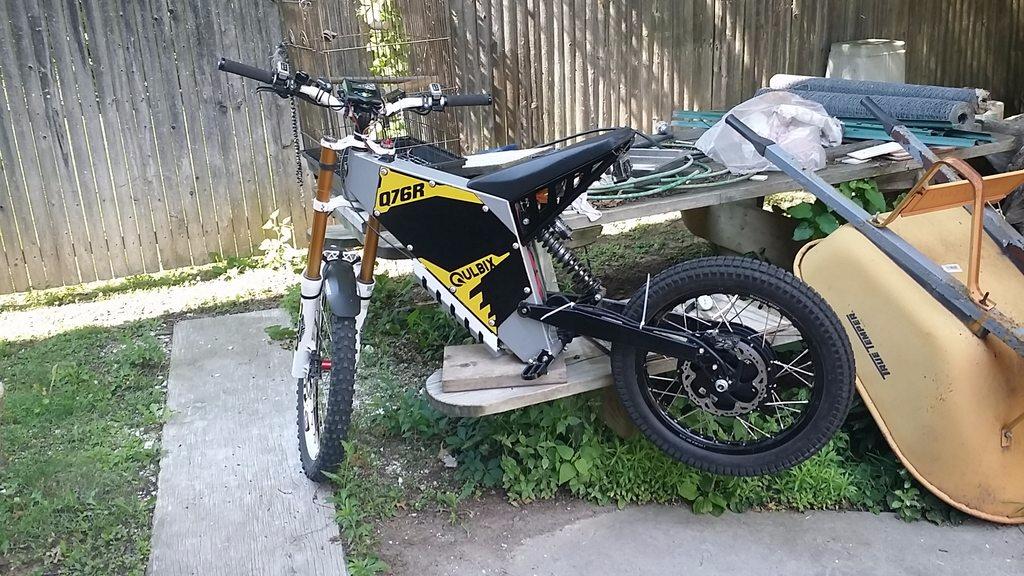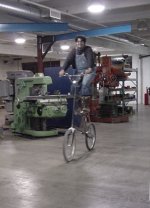Yep. That is a common misconception. Low center of gravity does help controlling the balance of a bike at very low speed or standstill. It does act as a lever, by tempering the effect of the rider’s weight shifting. In other words, on a low COG bike, counterbalancing is slowed down for you need to move your weight further away from the center line to produce a counterbalancing effect, giving you more time and precision in this process. This is making it much easier and precise to control balance at standstill, but produces a dangerous delay in high speed maneuvers.
High COG does produce the opposite, making it much more difficult to control the bike’s balance at low speed, but improving the high speed handling considerably. Just compare a Trial motorcycle with a GP racing bike, both highly optimized for their specialty task yet completely opposite in balance design.
When riding fast, the last thing you want is slowing down the effect of weight shifting, because speed does create a momentum that is fighting against weight shifting already. The handling delay caused by low COG is likely to send you off track at the most critical moment, or make it impossible to swerve away from a crash course.





